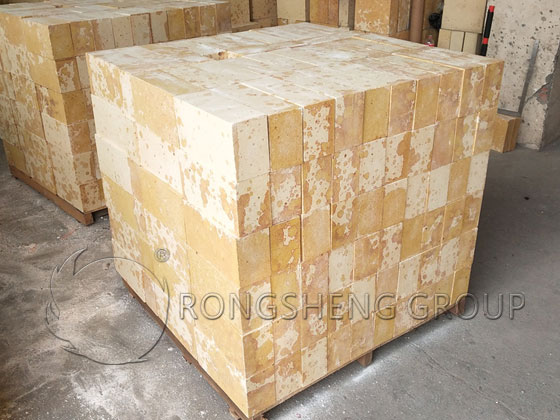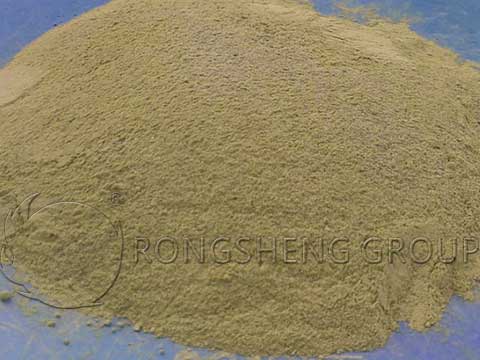The raw material of siliceous refractory materials is mainly silica. Silica is not the name of a mineral but an industrial term. In industry, blocky siliceous raw materials are called silica. Its main mineral component is quartz, and its main chemical component is SiO₂. Silica can be classified according to the degree of structural density, crystal transformation speed and degree of heating expansion. For example, according to process classification, silica can be divided into crystalline silica, cemented silica, and silica sand. According to the rock classification method, silica can be divided into vein quartz, quartzite, quartz sandstone, flint rock, and quartz sand.

Quartzite
Quartzite is widely distributed in my country, mainly produced in Henan, Liaoning and other places. It has a grayish white or light gray appearance, and its SiO₂ content is above 98%. The main mineral composition is quartz, and the grains are generally between 0.15 and 0.25 mm. But it often contains clay, mica, chlorite, feldspar, rutile, hematite, limonite, etc. Its crystal form transformation is slow, and it can be used to make various silica bricks.
Vine quartz
Vine quartz is mainly produced in Jilin, and its appearance is milky white, and the SiO₂ content is above 99%. The main mineral phase quartz grains are large, generally larger than 2 mm, and the texture is pure, and some are interspersed with red or yellow-brown rust. Because of its slow SiO₂ crystal transformation, large expansion, and easy to loosen. If the process conditions are not appropriate when making silica bricks, cracks and cracking are prone to occur. The product has high porosity and low strength, but good slag resistance.
Quartz sandstone
Quartz sandstone is widely distributed in my country. There are quartz sandstone deposits of good quality and large scale in Hebei, Sichuan, Hunan, Hubei and other places. The appearance of quartz sandstone is light yellow and light red. The SiO₂ content is generally above 95%, mixed with certain impurities. The main crystal phase quartz coarse particles are about 1~0.5mm, and the fine particles are 0.25~0.1mm. Due to the large number of impurities in quartz sandstone, the density is poor, the strength is low, and the particles are small. The silicon oxide crystal form changes quickly during firing, and it is easy to loosen after firing. It can only be used to make general silica bricks.
Flint rock
Flint rock is mainly produced in Shanxi, China. The main component SiO₂ content is above 95%, and it also contains a certain amount of Al₂O₃, Fe₂O₃, MgO, CaO, Na₂O, K₂O, etc. The outside is red-white and bluish-white. When heated, the crystal form is easy to transform, and various silica bricks can be made.

Quartz sand
Quartz sand, also known as silica sand, has a main component SiO₂ of more than 90%, generally up to 95%. The main mineral phase quartz particles are uniform in size, smooth in surface, and excellent in sorting, with a particle size between 0.5 and 0.15 mm. Quartz sand can be used as a raw material for general silica bricks, mostly used as ramming material. There are quartz sand deposits with good texture in Shandong, Guangdong, Jilin, and Hunan, China. Siliceous refractory mud.
Crystalline silica and cemented silica
Crystalline silica has good purity and good density, and can be used as a raw material for brick making and preparing siliceous refractory castable. However, cemented silica contains more impurities and is easy to loosen after burning, so it is rarely used. Silica raw materials must be sorted and washed with water before use to reduce the content of Al₂O₃ in the raw materials. Because the source of Al₂O₃ in silica raw materials is mostly clay attachments on the surface of silica. One-third of the Al2O2 and residues bonded in quartz cracks can be removed by flushing.

